
Across India, several lakes transform dramatically through the year, reflecting changes in temperature, mineral composition, algae bloom, and even the sunlight's mood. These natural wonders are not only breathtaking to behold but also reveal fascinating stories of ecology, geography, and local legends. These colour-changing lakes are a photographer's dream and a traveller's delight. Here's a look at some of India's most mesmerising lakes that seem to paint themselves anew every few months - and the best time to witness their transformations.
Also Read: 6 Most Scenic Lakes In India You Need To Visit
Here Are 7 Colour-Changing Lakes In India:
1. Pangong Tso, Ladakh
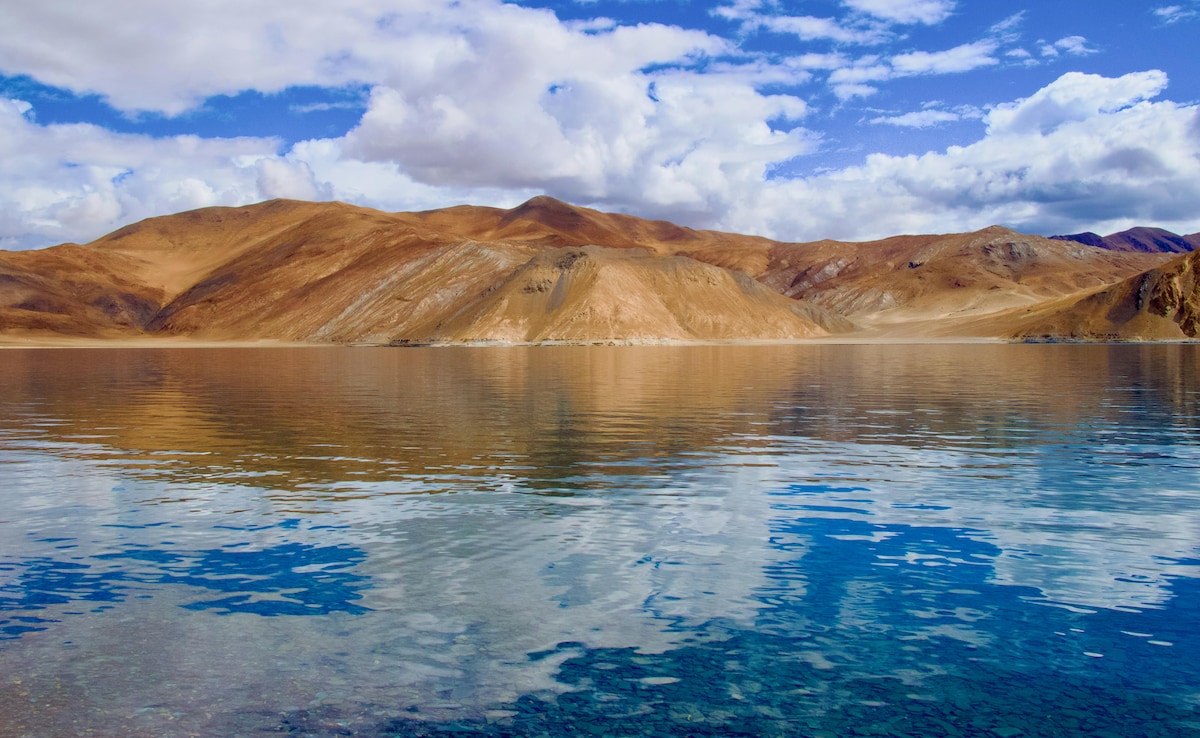
Arguably India's most famous colour-changing lake, Pangong Tso lies at a breathtaking altitude of 14,270 feet in Ladakh. The lake stretches from India into Tibet and is known for its surreal blue waters that shift shades throughout the day - from light turquoise in the morning to deep navy by dusk. The colour transformation is caused by sunlight reflection, mineral content, and the lake's glacial clarity. It's no surprise that Pangong Tso is often described as nature's own mood ring.
Best time to visit: May to September, when the lake isn't frozen and the colours are at their most vivid under Ladakh's bright summer sun. Winters (October to March) offer a starkly beautiful frozen panorama for adventure seekers.
2. Lonar Crater Lake, Maharashtra
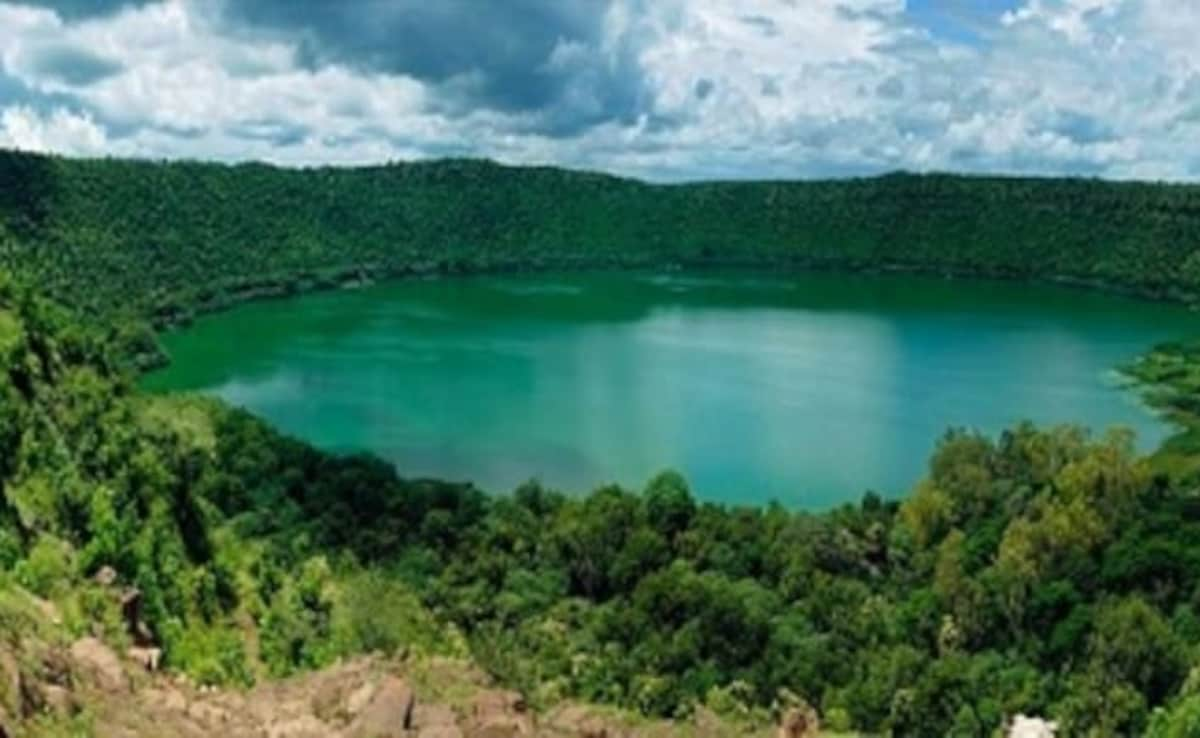
Formed around 50,000 years ago by a meteor impact, Lonar Lake is one of India's most scientifically fascinating natural wonders. It sits inside a massive basaltic crater and surprises visitors with its ability to change colour - from greenish-blue to shades of pink. Scientists attribute this to variations in the lake's alkalinity and the growth of specific microorganisms and algae that thrive in warmer months. In 2020, the lake famously turned pink, drawing global attention and research interest.
Best time to visit: October to March for pleasant weather and birdwatching. For a chance to see the pink phenomenon, late May or June can be ideal, depending on the temperature and microbial activity.
3. Tsomgo Lake, Sikkim
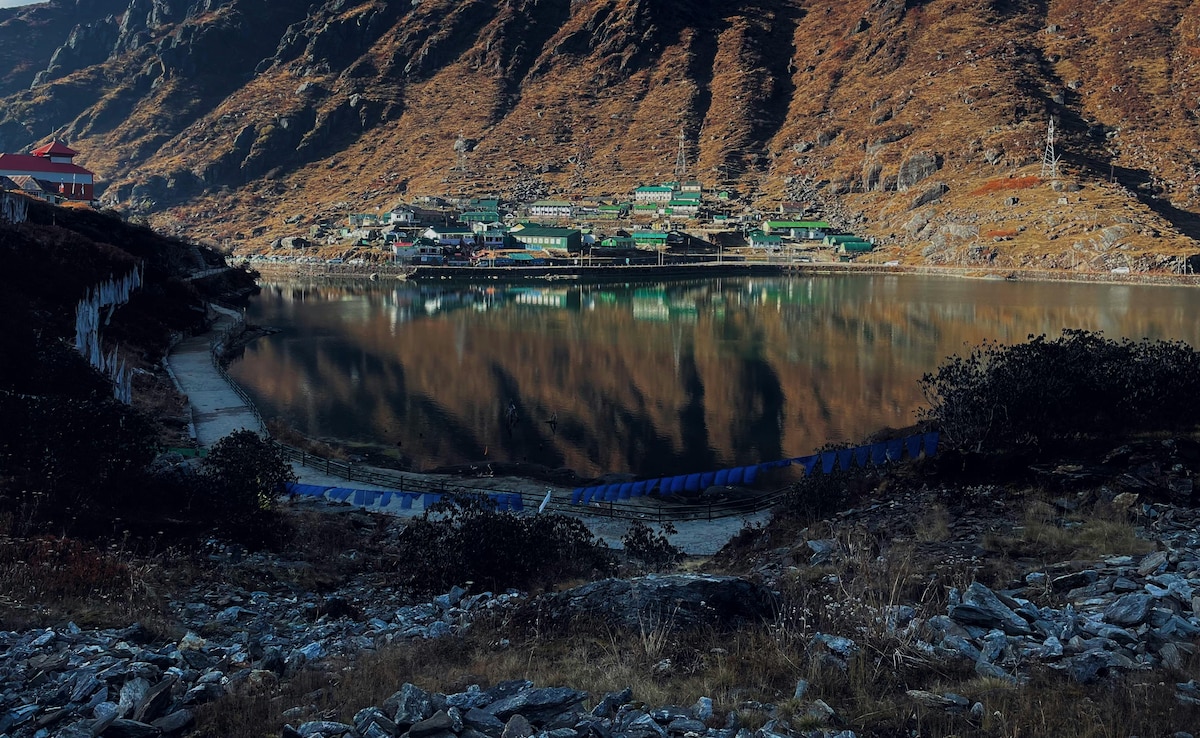
Perched at 12,400 feet, Tsomgo (or Changu) Lake in East Sikkim mirrors the changing seasons like an enchanted mirror. During winter, it freezes into a gleaming sheet of silver; in spring, the melting ice gives way to brilliant aquamarine waters, and by summer, the lake reflects the lush greens and blooming rhododendrons around it. Locals believe that the lake's changing colours are influenced by the moods of the deities who reside within it - a legend that adds to its mystique.
Best time to visit: April to June for colourful reflections; December to February for a frozen wonderland.
Also Read: Roopkund Lake Travel Guide: How To Reach The Mysterious 'Lake Of Skeletons' In Uttarakhand
4. Manasbal Lake, Jammu & Kashmir
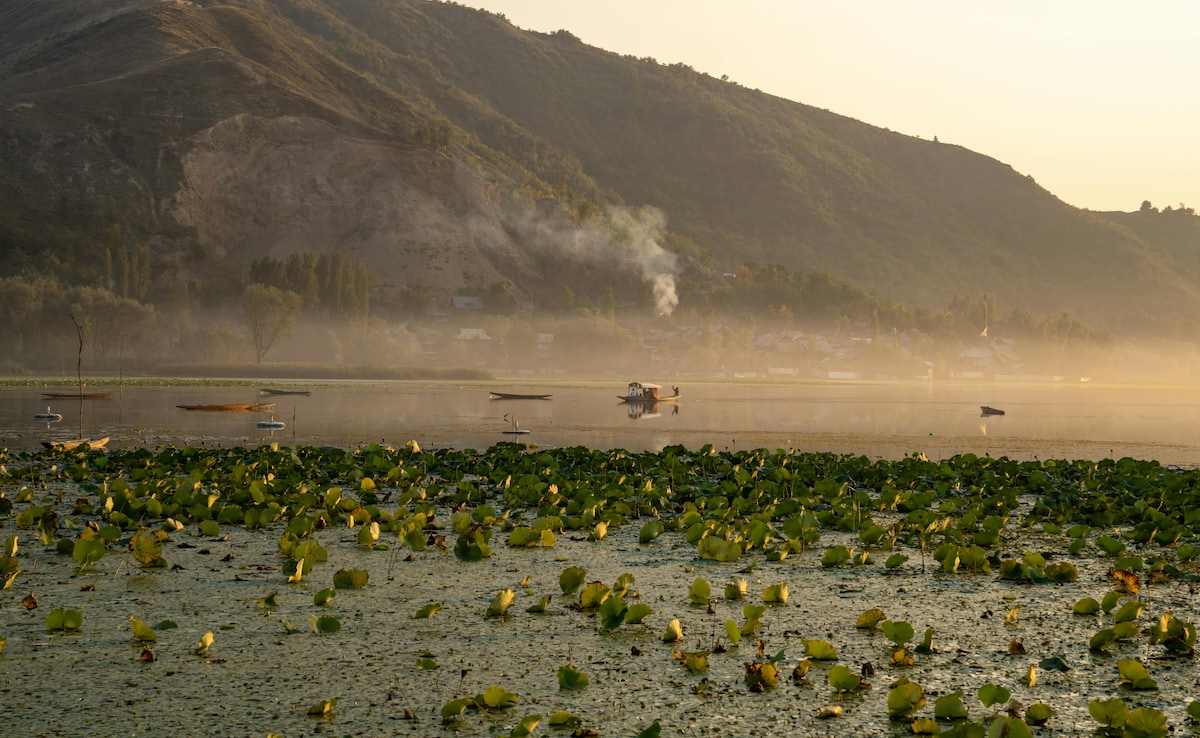
Often called the "jewel of Kashmir," Manasbal Lake is the deepest freshwater lake in the valley. Its hues shift subtly from emerald in spring to cobalt blue in summer due to algae growth and the reflection of surrounding chinar trees and orchards. In late summer, the surface turns slightly brownish as aquatic vegetation thickens, attracting countless migratory birds - making it a delight for nature lovers and photographers.
Best time to visit: May to October, when the lake is vibrant, and the weather is gentle.
5. Gurudongmar Lake, North Sikkim
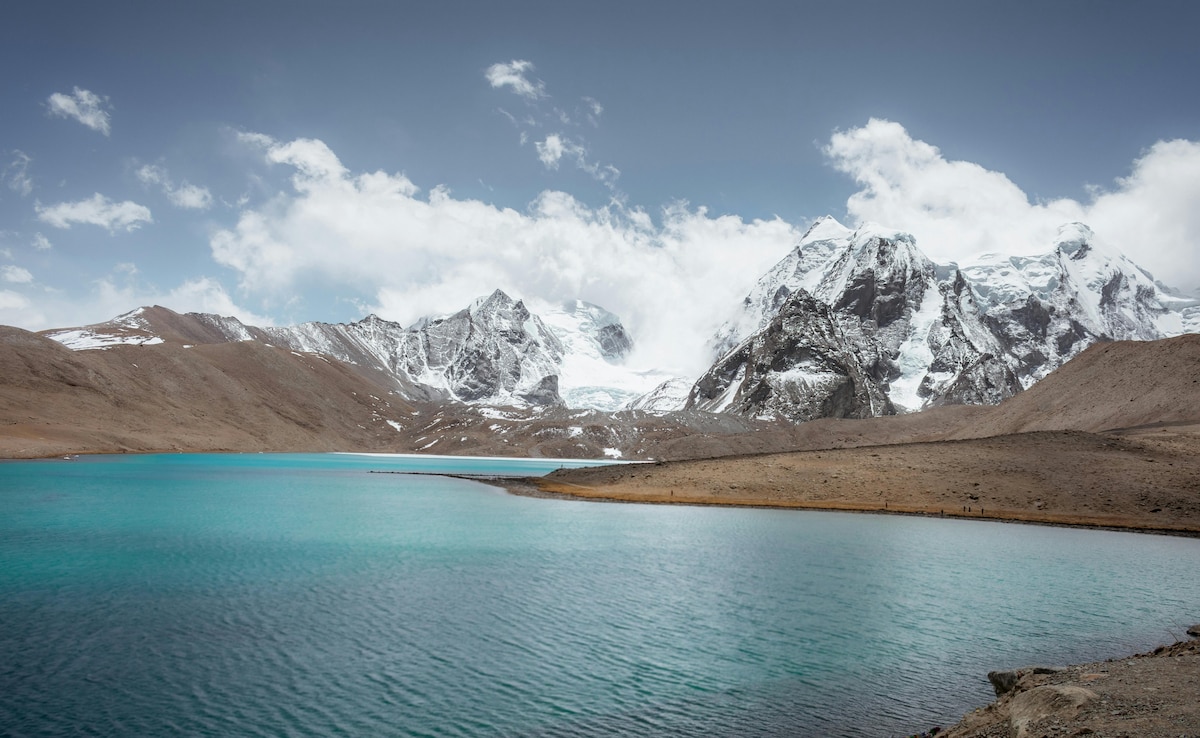
At over 17,000 feet, Gurudongmar Lake is one of the highest lakes in the world and a sight of spiritual and natural magnificence. The lake's colour varies with the light and season, from milky white in winter to turquoise and sapphire in summer. Local legend says Guru Padmasambhava blessed the lake centuries ago, keeping a small section unfrozen even during peak winter. The reflection of snow-capped peaks adds to the magic.
Best time to visit: April to June and September to October, before heavy snowfall blocks access.
Also Read: 10 Destinations In India Where Fog Brings Pure Magic On Earth
6. Chandratal Lake, Himachal Pradesh
Located in the Spiti Valley at around 14,000 feet, Chandratal - meaning "Moon Lake" - is a high-altitude marvel that changes from crystal blue in the morning to emerald green by noon, and finally to deep inky blue at dusk. The colour shifts are due to the sunlight's angle and the mineral-rich glacial water. Surrounded by barren mountains, the lake's colours appear even more striking against the muted landscape.
Best time to visit: Late June to September, when the lake is accessible by road and the skies are clear for reflections.
7. Loktak Lake, Manipur
Loktak, the largest freshwater lake in Northeast India, is famous for its floating islands called phumdis. The lake's colours change with its vegetation cycles - bluish in the monsoon months and mossy green during winter as the phumdis expand. Its ever-changing patterns from above look like an artist's abstract creation. Loktak is also home to the world's only floating national park - Keibul Lamjao, which shelters the endangered Sangai deer.
Best time to visit: November to March for birdwatching and tranquil lake views.
A Final Note: Witnessing Nature's Palette
From the Himalayas to the Deccan plateau, these lakes remind us how alive and dynamic nature truly is. Each one is a living canvas - painted by sunlight, minerals, microbes, and myths. Visiting them isn't just about sightseeing; it's about slowing down and observing how Earth breathes and transforms with the seasons. For travellers seeking beauty that goes beyond the ordinary, India's colour-changing lakes offer a rare chance to see nature in motion - and perhaps, to see oneself reflected in its shifting hues.
Track Latest News Live on NDTV.com and get news updates from India and around the world

